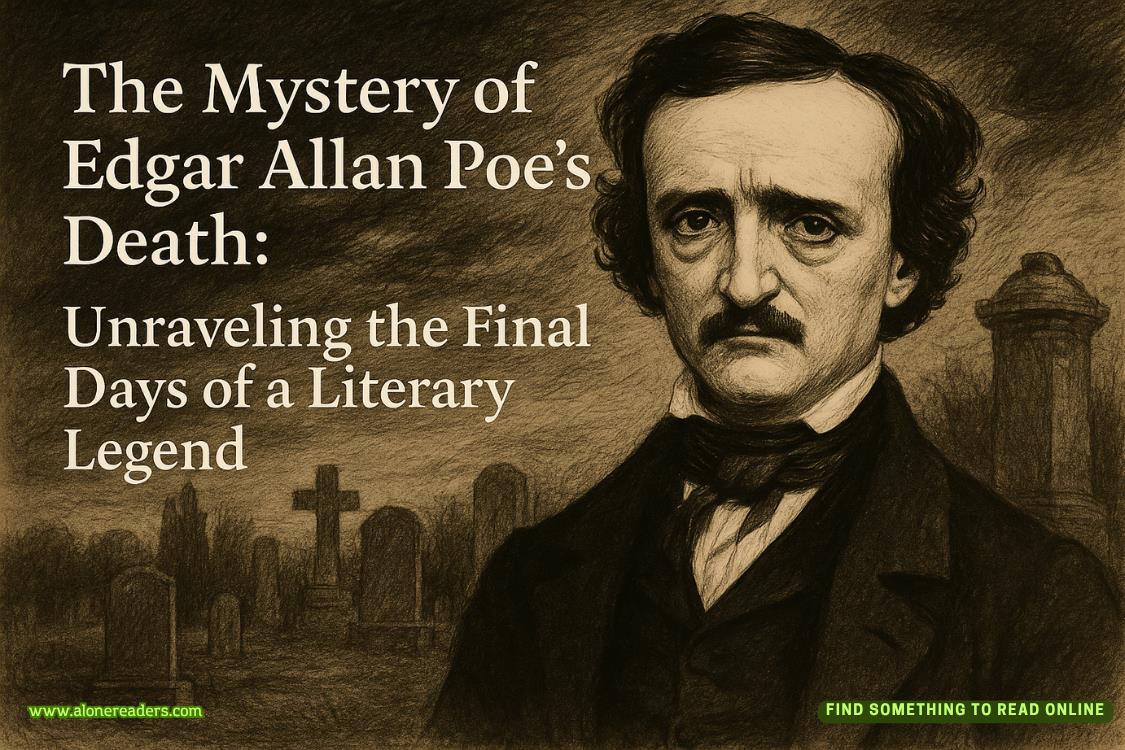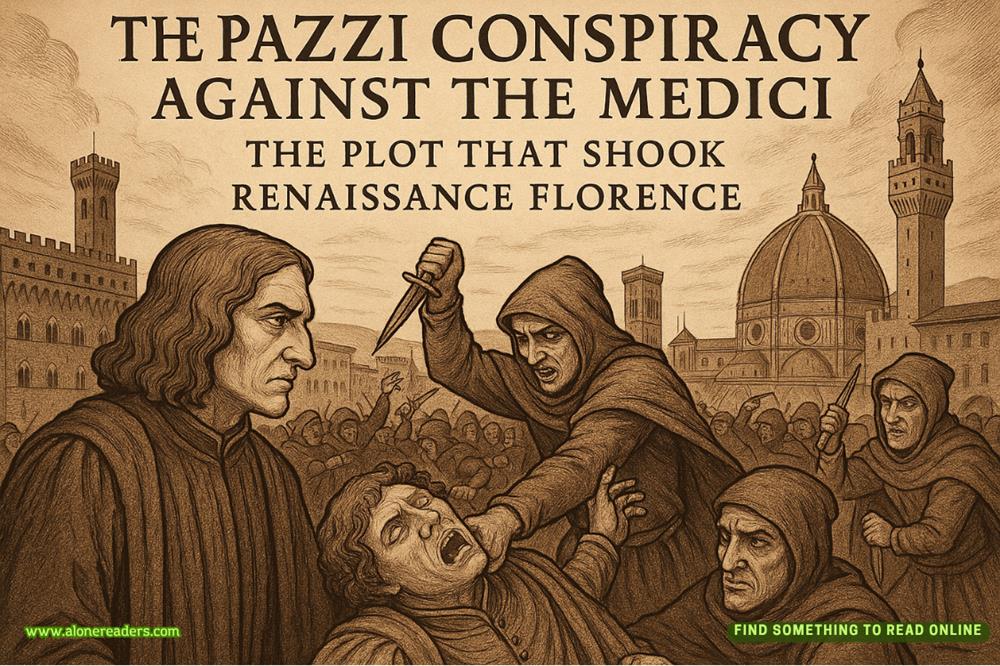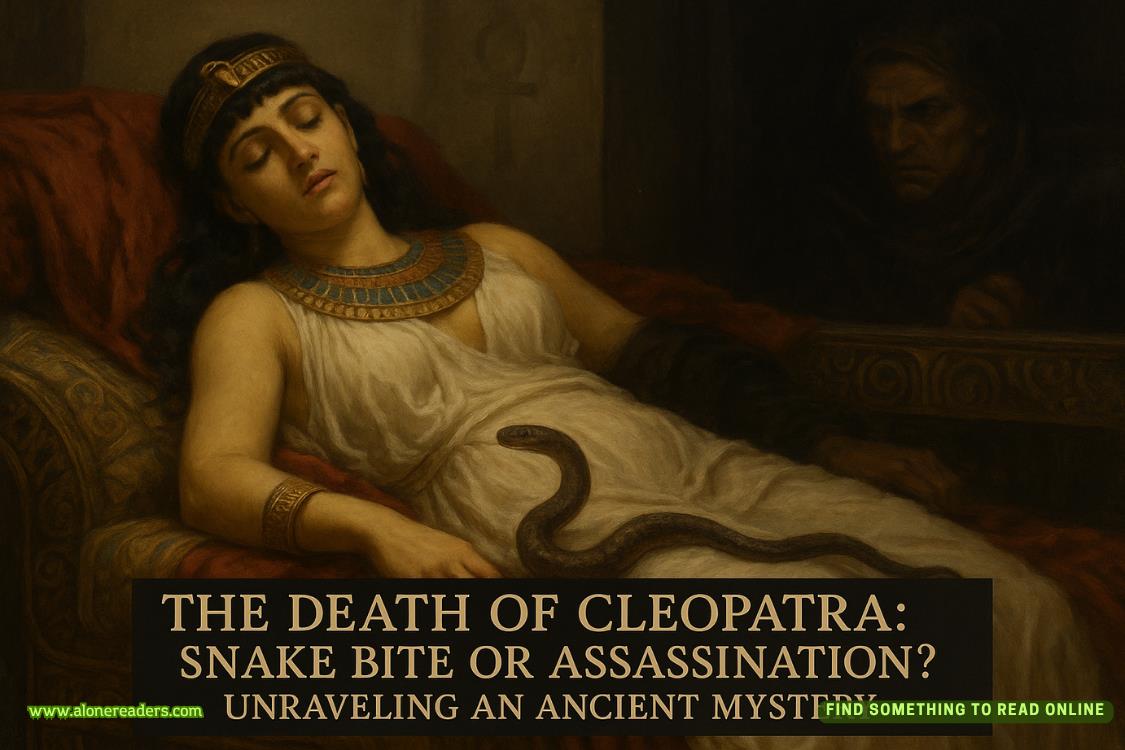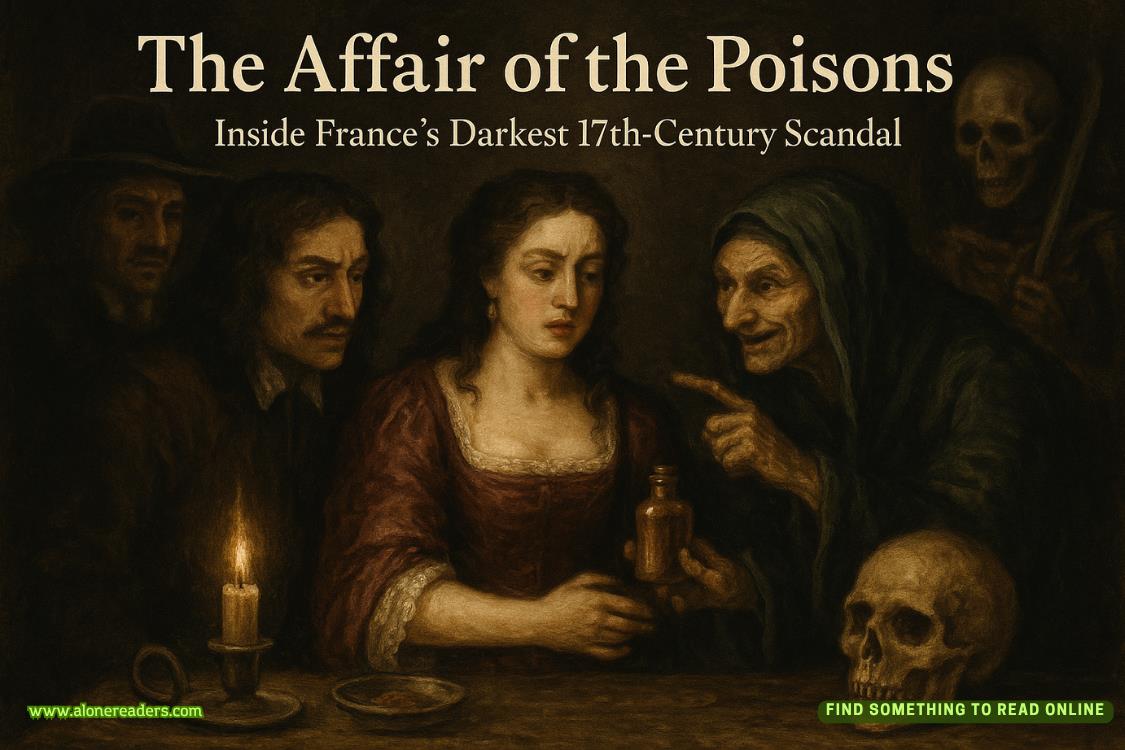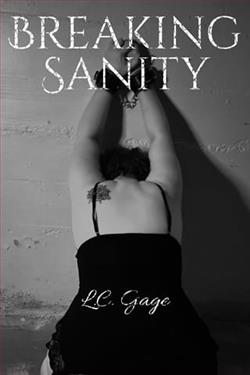Page 51 of The Art of Theft
“Nothing,” he said. “I’m just not accustomed to the two of us working together.”
In adolescence they’d shared a space while each pursued a different interest. As adults sometimes they’d worked separately toward the same goal. When he’d been suspected of murder, she’d come to Stern Hollow to dig down to the truth of the matter. He’d very much been involved in the undertaking to clear his own name; but even then, they’d proceeded largely apart, as he couldn’t leave his front door without a constable tagging along.
So this was a highly unusual experience. And yet it also didn’t feel at all... noteworthy, as if this was what they should have been doing all along.
He smiled a little and bent his head to the indexes again. Down the corridor the newspaper’s staff ran in and out of offices, the usual organized disarray at a daily publication. But here in the archive room, which was barely larger than a broom cupboard, he and Holmes had the place to themselves and all the relative peace and quiet they could wish for.
“Good find, by the way,” she said a minute later. “This article gives the entire history of our Van Dyck, a fairly straightforward history at that. It was commissioned while the artist was in Genoa, a large religious piece for a private chapel. Later a daughter of the family married a Frenchman and brought along the painting as part of her dowry.
“The family fortune went into decline well before the French Revolution. The Van Dyck was sold for the first and only time in 1760—or rather, it was offered to a creditor to defray expenses. That creditor went on to make a fortune for himself and his heirs and the family has remained prominent since.”
“Listen to this: ‘The dashing young Monsieur Sylvestre admits that he regularly fields inquiries from art dealers hoping to obtain the piece for Van Dyck admirers willing to part with significant sums. But his response has always been a firm denial. The acquisition of the Van Dyck marked the beginning of the family’s rise in the world, and they see it not only as a prized heirloom but as a talisman that safeguards them from life’s uncertainties.’”
“Sylvestre? The name sounds familiar.” He’d seen it somewhere in conjunction with Château Vaudrieu, but he didn’t have her photographic memory and couldn’t recall exactly where or in what context.
She flipped back a few pages in her notebook, then slid the notebook to him. “These are my notes from the other day when Lieutenant Atwood and I visited the archives ofLe Temps.”
Ah, now he remembered. He’d seen the name in this exact notebook, one among dozens, of the local luminaries who attended the ball. The dashing young Monsieur Sylvestre, current owner of the Van Dyck, had been a guest at the ball two years before.
“How old is the article you were reading?”
“From a year and a half before young Monsieur Sylvestre first attended the ball.”
The family had held on to the Van Dyck for more than a century. Monsieur Sylvestre had clearly expressed a disinclination to ever part ways with it. Yet in a mere few years all that special significance attached to the Van Dyck had evaporated into thin air and the artwork would soon change hands.
“Interesting, no?” said Holmes, her expression unchanged except for a slight gleam deep in her eyes.
“Very interesting,” Lord Ingram answered. “Too interesting.”
?Lieutenant Atwood had his own rooms near Rue de la Paix. When he’d received Lord Ingram’s call for help, he did not quit those rooms. Hôtel Papillon was currently on a skeleton staff, given that the family was away. Still, that meant a number of eyes on the premises, and he preferred being able to get in and out of disguises without being seen.
Charlotte had already been to his rooms, to put on her disguise as Mr. Hurst. On the afternoon of the reception, they again headed there, Lieutenant Atwood leaving Hôtel Papillon approximately half an hour before Charlotte.
When she knocked on his door, he was already in his evening attire, holding out a note toward her.
“From Monsieur Sauveterre,” he said.
“Finally,” said Charlotte.
As it turned out, invitations to the reception were not difficult to come by. Since the occasion was for dedicated art lovers to preview the available collection, one needed only to show proof of alarge sum of money on hand at the Banque de Paris to the château’s man of business on Boulevard Haussmann.
As soon as he’d obtained the invitations, Lieutenant Atwood, as the very wealthy Mr. Nariman of Bombay, had written Monsieur Sauveterre, the mostly retired art dealer they had called on a few days ago. Given Monsieur Sauveterre’s lack of enthusiasm for Château Vaudrieu, both Lieutenant Atwood and Charlotte believed that such a letter would prompt him to object more vociferously. Except Monsieur Sauveterre hadn’t responded at all.
Until now.
“I got it on my way in. It’s dated today,” said Lieutenant Atwood.
Charlotte remembered Monsieur Sauveterre’s lean-boned handwriting from their previous exchange. This time, his script was a less elegant scrawl. He’d been out of Paris visiting a friend and returned only this morning. Could he call on Messieurs Nariman and Hurst at their earliest convenience?
“I’ll change as quickly as I can,” said Charlotte. “Then let’s call on him instead.”
A meeting with Monsieur Sauveterre now would give them little time to reach the railway station, but she wanted to hear what the art dealer had to say.
Monsieur Sauveterre looked relieved to see them. “Are you on your way to the reception then, gentlemen?”
“Yes. Our train leaves in half an hour, but we thought we could still make a brief call.”
The art dealer took a deep breath. “In which case, let me be direct. Gentlemen, I would advise you to have nothing to do with Château Vaudrieu.”




